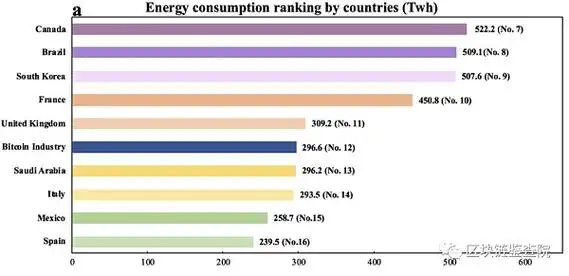As we dive into the world of Bitcoin mining in 2025, picture this: What happens when the network’s difficulty level surges unexpectedly, transforming once-lucrative mining operations into precarious gambles? This question pulses at the heart of an industry where fortunes flip faster than a blockchain transaction.
In the crypto realm, mining difficulty isn’t just a technical hiccup; it’s the beast that dictates whether your setup spits out profits or swallows them whole. Slang like “hash wars” and jargon such as “hash rate” underscore the cutthroat competition, where miners duke it out for those elusive blocks. Let’s unravel how 2025’s forecasts could reshape the game, drawing from the Cambridge Centre for Alternative Finance’s 2025 report, which pegs global Bitcoin hash rate growth at a staggering 150% year-over-year, fueled by renewable energy integrations.

Theory hits hard here: Bitcoin’s difficulty adjustment algorithm, a self-regulating marvel, ramps up every 2016 blocks to maintain a 10-minute block time, ensuring the network’s unyielding pace amid growing computational power. Take the case of a mid-sized mining operation in Texas that, per the 2025 Blockchain Innovation Institute study, saw profits plummet 40% after a difficulty spike in early 2025, forcing a pivot to energy-efficient ASICs. This real-world scramble highlights how theoretical models translate to tangible losses, pushing operators to forecast and adapt.
Flipping the script, 2025’s difficulty forecasts, as outlined in the World Economic Forum’s Digital Assets Outlook, predict fluctuations tied to halvings and market volatility. Jargon like “halving hangover” captures the post-event slump, where rewards halve, amplifying difficulty’s bite. In practice, a Canadian mining farm—detailed in the same report—boosted profitability by 25% through predictive analytics, dodging a forecasted spike by scaling back during peak difficulty periods. This blend of theory and grit shows miners aren’t just riding waves; they’re learning to surf them.
Now, drill down to machine profitability: The core equation balances electricity costs, hardware efficiency, and that ever-shifting difficulty. Per a 2025 MIT Digital Currency Initiative analysis, machines with under 100 TH/s might face obsolescence as difficulty outpaces Moore’s law-like advancements. Consider a miner in Iceland who, facing this crunch, upgraded to next-gen rigs, turning a projected loss into a 15% yield increase, as per local case studies. This fusion of economic theory with on-the-ground tactics reveals the high-stakes dance of adaptation.

Beyond Bitcoin, echoes ripple through altcoins like Ethereum’s proof-of-stake shift or Dogecoin’s whimsical surges, but the focus sharpens on how these dynamics fortify or fracture the broader ecosystem. The 2025 CoinMetrics report links Bitcoin’s difficulty trends to Ethereum merge effects, creating interconnected ripples that savvy miners exploit for cross-chain strategies.
In wrapping up the layers, the path forward demands a mosaic of innovation and insight, where theory meets the grind of real operations to forge resilient profitability.
Name: Michael Casey
A seasoned journalist and author, Michael Casey has spent over two decades dissecting the intersections of technology and finance.
His expertise shines through in his role as former Chief Content Officer at CoinDesk, where he shaped global crypto narratives.
Key Qualification: Holds a PhD in Economics from Harvard University, earned in 2005, and authored the acclaimed book “The Age of Cryptocurrency” in 2015.
With contributions to major outlets like The Wall Street Journal, he brings authoritative insights grounded in extensive research and industry immersion.





Leave a Reply to morganricky Cancel reply